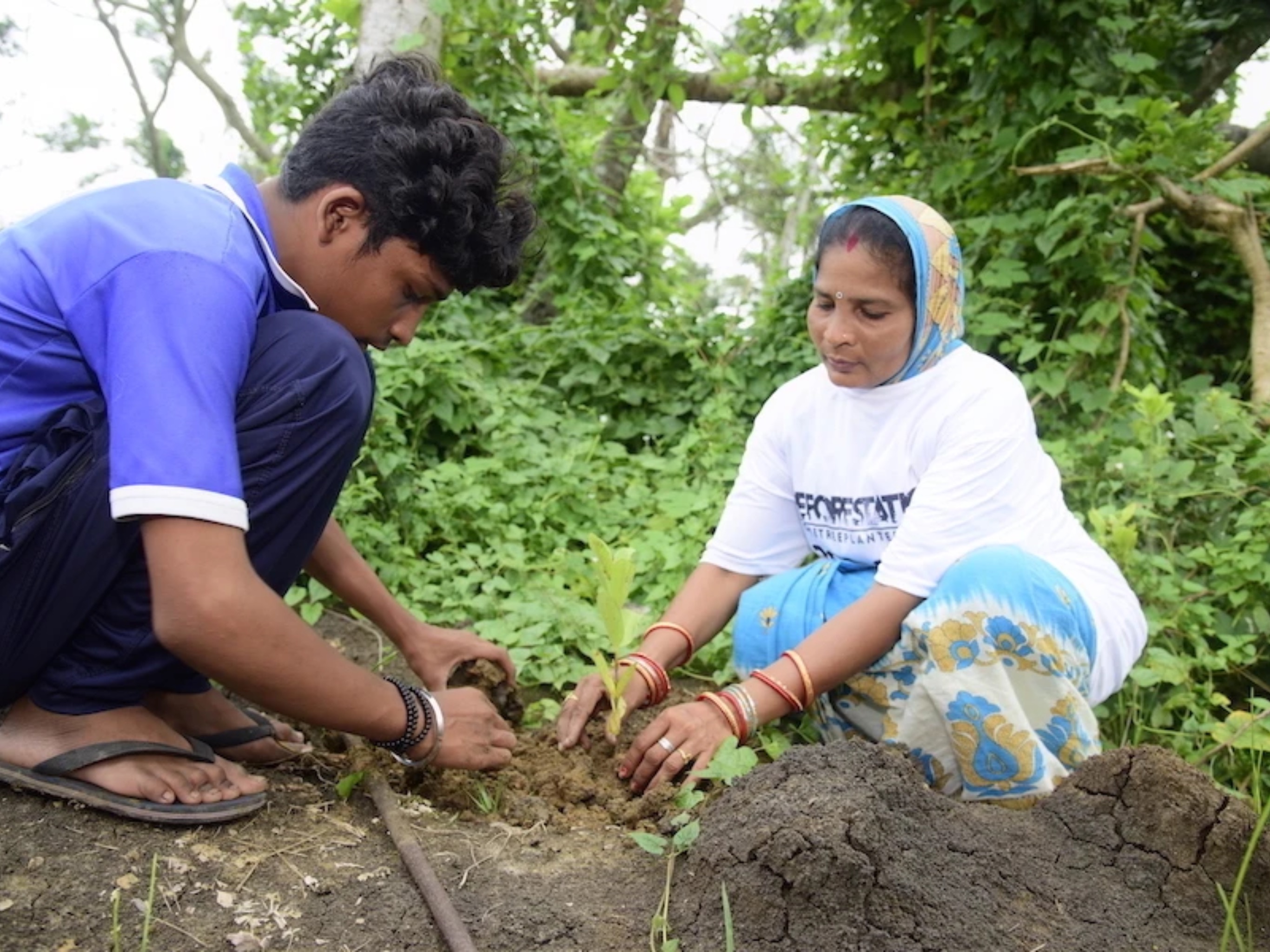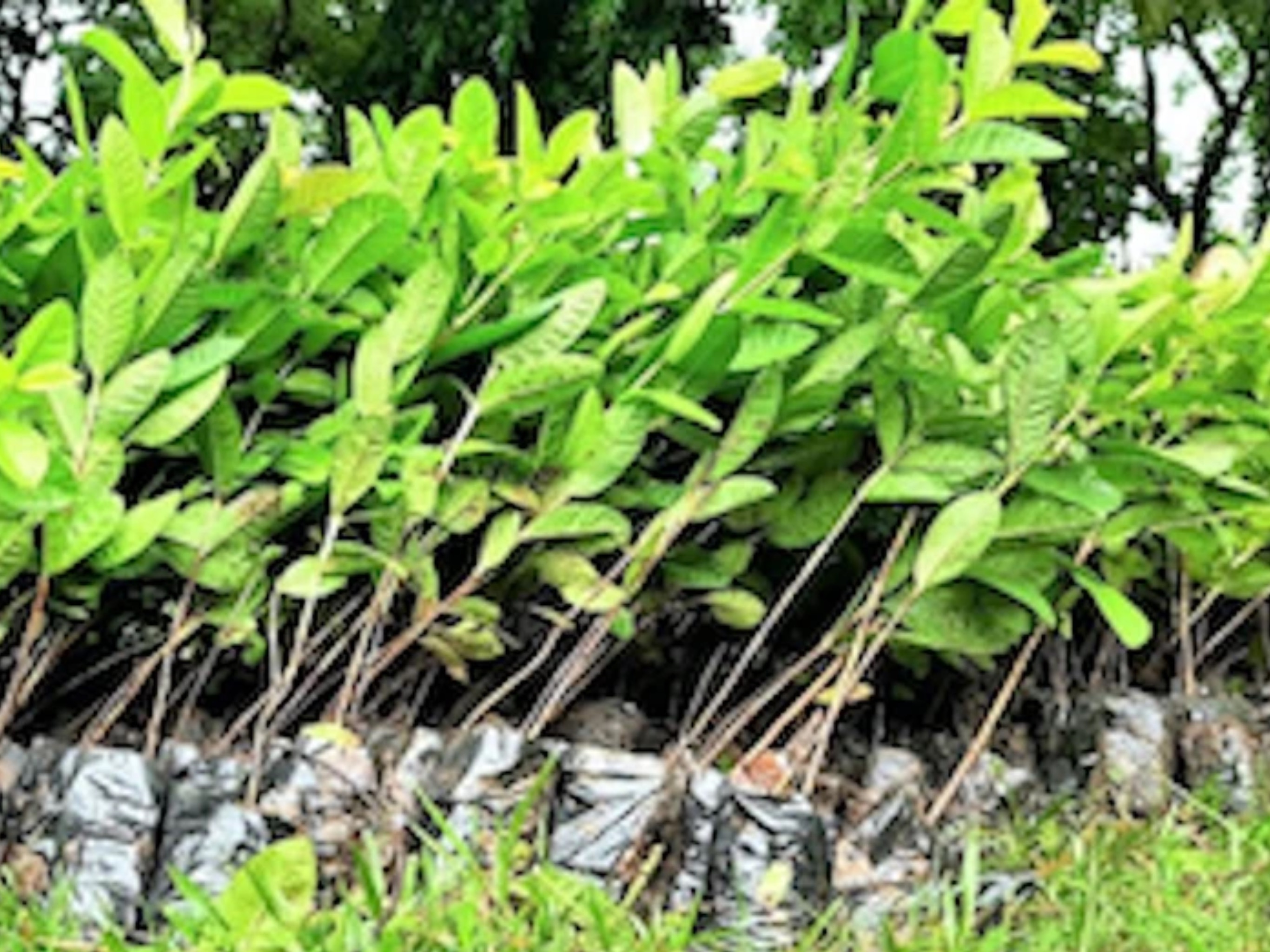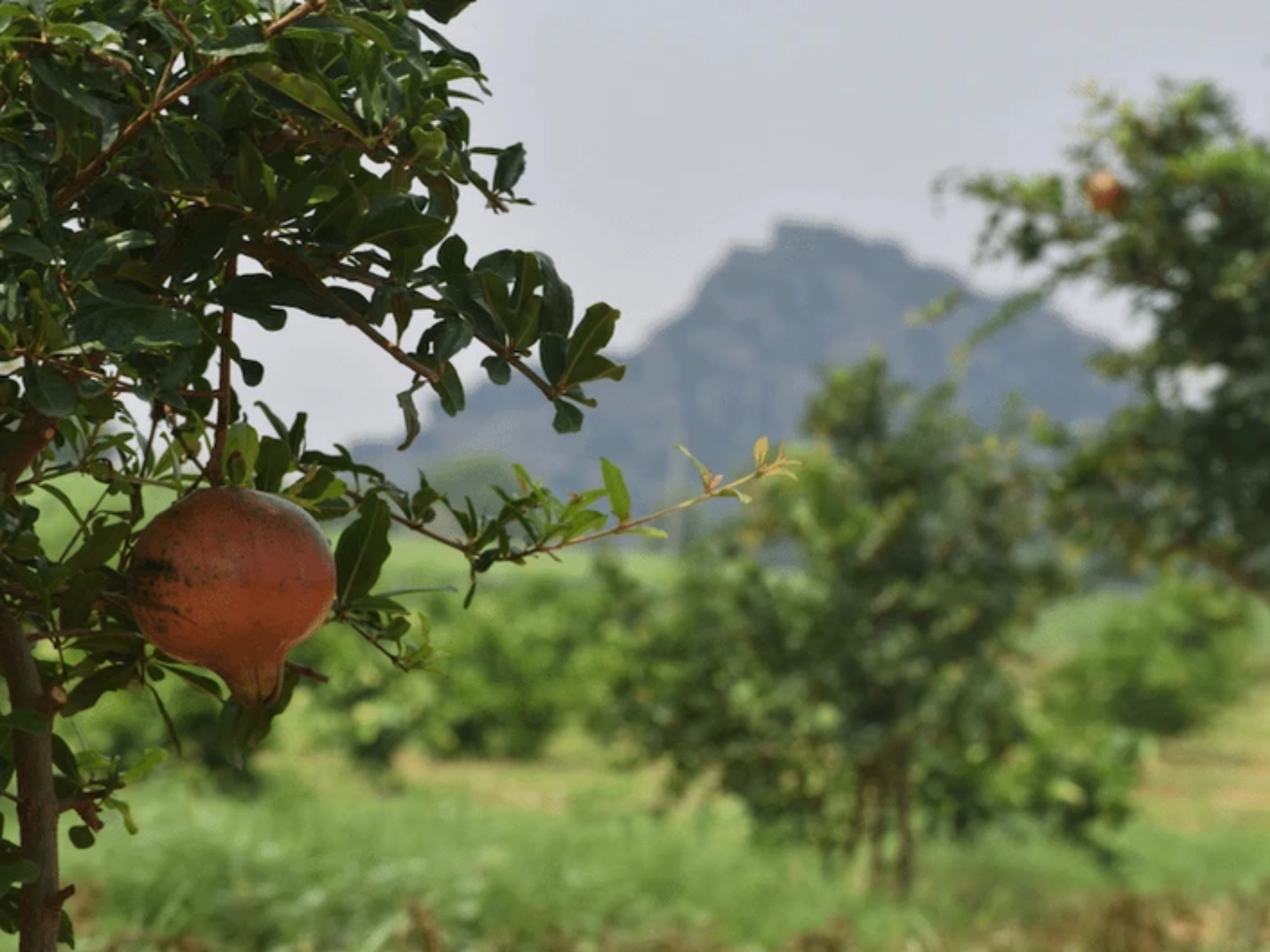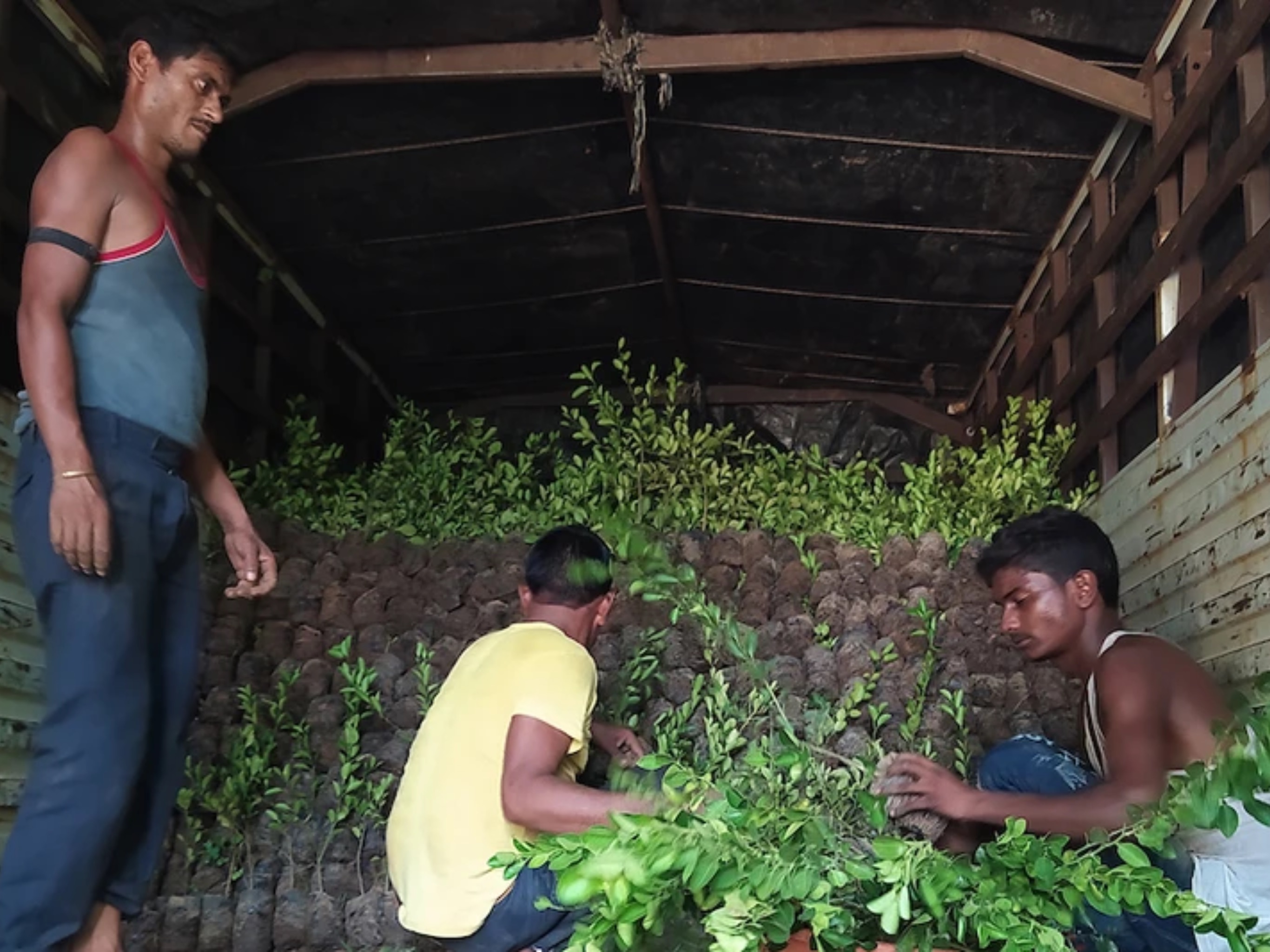
- Sustainable Planet -
- 8mins -
- 592 views
1 million fruit trees planted in India this year to fight hunger
Despite the challenges of COVID-19 more than a million trees were planted in India during 2020, leveraging the power of sustainable agroforestry to combat poverty and hunger.
Sustainable Agroforestry to Combat Hunger in India
Vermont-based non-profit OneTreePlanted recently announced that despite the challenges of COVID-19, over 1 million trees were planted in India this year!
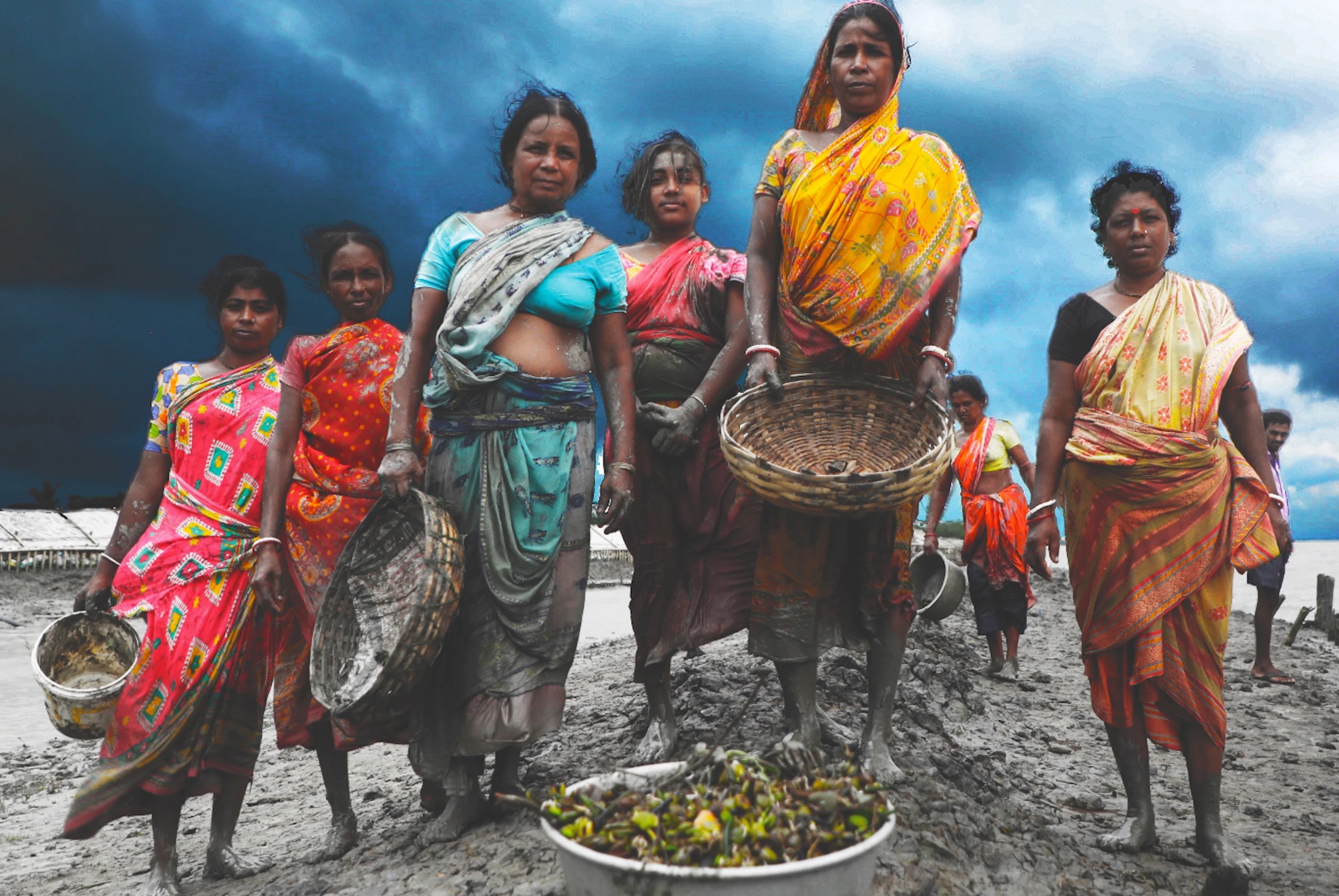
A Sustainable Green Initiative
As one of the world’s largest food producers, it is an unfortunate irony that the sub-continent is also home to the largest population of hungry people in the world. As people have lost their jobs and incomes due to the pandemic, food insecurity has skyrocketed among those already vulnerable.
Especially impacted are small farmers across India, who face droughts, floods, fluctuating markets, and now a pandemic. Meanwhile, many water sources are drying up as rivers are diverted, and climate change brings more extreme and less predictable weather patterns.
Trees once shaded the landscape and kept soil and moisture in place, but in many parts of rural India, trees have historically been cleared for the expansion of farmland. Today, people are realising the many benefits of planting trees to help green India and combat hunger.
One Tree Planted has partnered with Sustainable Green Initiative (SGI), a local organisation with one simple but powerful objective: to plant (mostly) fruit trees to fight hunger, poverty and climate change. Under this model, fruit tree saplings are distributed for 1-3 years in community lands, homesteads of marginal farmers, government school campuses, orphanages, old age homes, and other places of need.
Source: OneTreePlanted.org
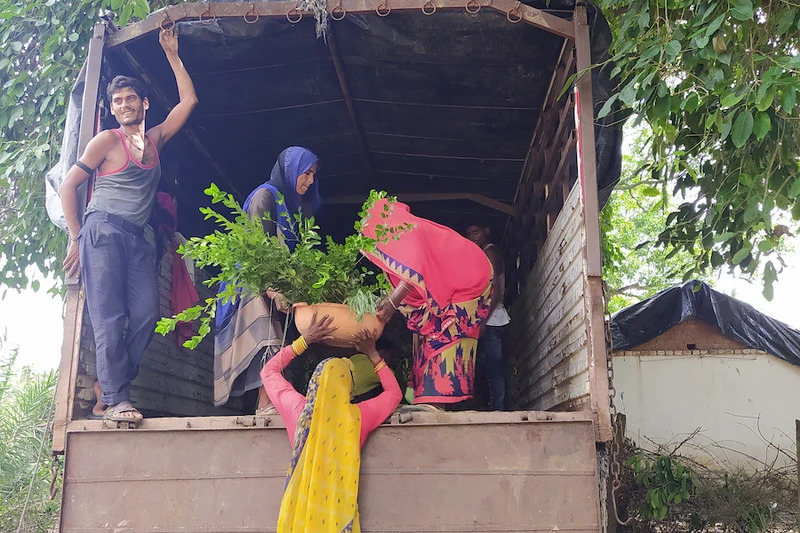
Planting trees has more benefits than meet the eye
To date, over 6,500 farmers — mostly in regions reeling under severe drought — have benefitted. With the help of dedicated local Vrilksharakshaks, or “tree ambassadors”, farmers are given fruit trees and encouraged to practice organic and sustainable farming practices. In this way, planting trees helps foster environmental consciousness and sustainability in rural communities.
Planting fruit trees also helps fight hunger and poverty — but it goes much further than that, aligning with several of the United Nations Sustainable Development Goals by contributing to clean water and sanitation, decent work and economic growth, and climate action and biodiversity conservation. Furthermore, these efforts generate local employment at nurseries, specifically benefitting woman and other marginalised groups.
Source: OneTreePlanted.org
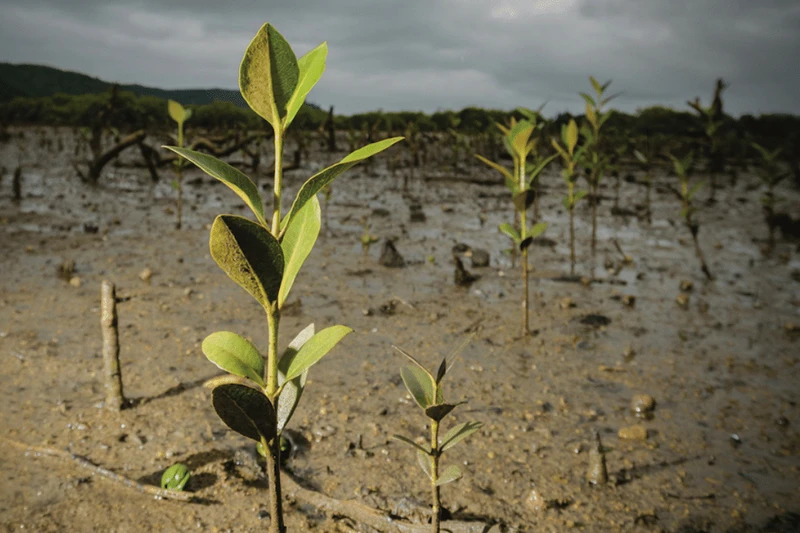
Fighting Hunger by Planting Fruit Trees
Several Indian States, including Uttar Pradesh, Madhya Pradesh and Rajasthan, are prone to severe drought. This leads to hunger as crops fail regionally. But where seasonal crops will wither under drought, mature trees can endure by using their long root networks to tap into the water table.
Throughout 2020, One Tree Planted and SGI have been planting fruit trees in the homesteads and farm lands of small farmers across 12 of India’s most vulnerable states. To date, more than 1.1 million fruit trees have been planted and cared for.
Trees planted include lemon, guava, custard apple, gooseberry, pomegranate, jack fruit, wood apple, and tamarind. All are native trees that produce a high yield of fruit seasonally or year round. As these trees mature and yield fruit, they ensure food for local people during difficult times, acting as an insurance policy during times of drought or pandemic-induced insecurity.
Source: OneTreePlanted.org
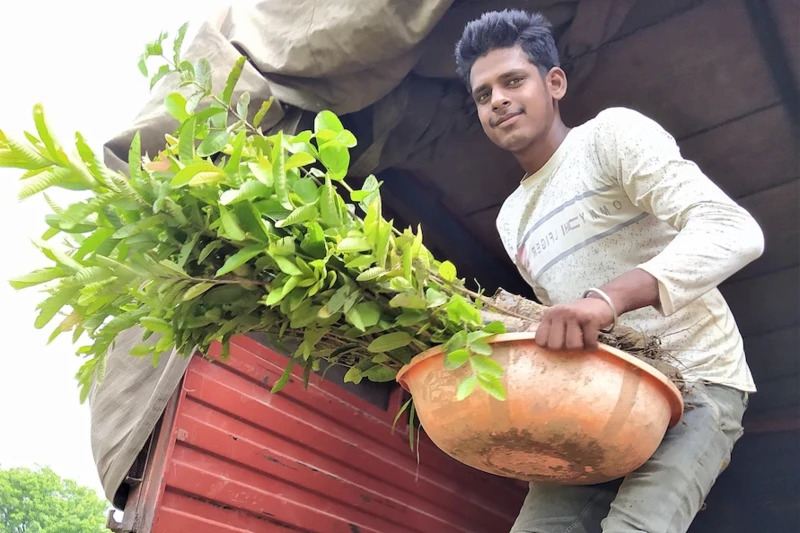

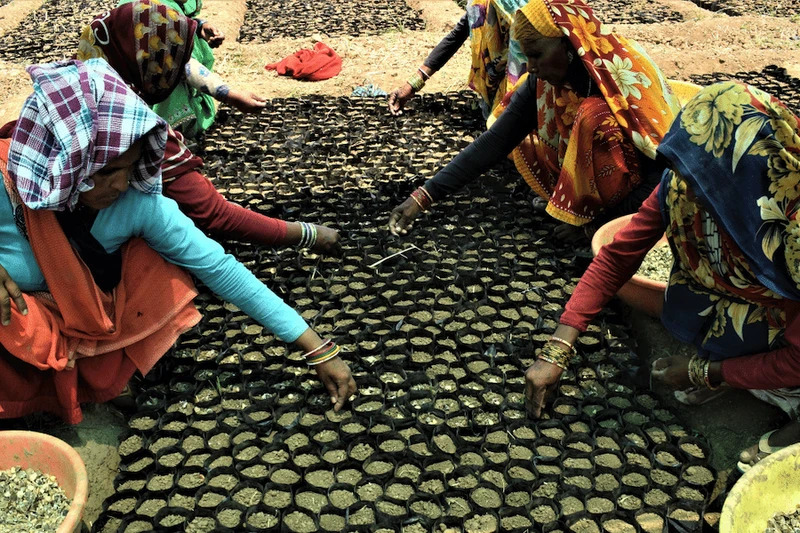
Planting Mangroves to Fight Climate Change
While parts of India suffer from drought, other low-lying areas like West Bengal and Odisha are threatened with coastal erosion and rising sea levels. The watery labyrinth of deltas and estuaries where the the Ganges River spills into the Bay of Bengal is prone to a continuous process of erosion and siltation. In this region, extensive mangrove ecosystems help stabilize the land where it meets the sea in the largest mangrove forest in the world, the Sunderbans.
Earlier this year, One Tree Planted and SGI planted over 51,000 mangrove seedlings in the Sunderbans, with help from 20 staff and 40 volunteers. Previously, mud and concrete embankments have protected villages from coastal erosion. But these are prone to collapse, resulting in catastrophic flooding of farmlands, schools and homes. Seeding mangroves has helped to rekindle hope among local people for the future of their villages and livelihoods.
The growing mangrove forests will help protect the coastline from erosion and prevent salt water from infiltrating the delta islands and turning freshwater wells saline. Additionally, mangroves provide many vital ecosystem services. They help reduce the impact of waves on the shore, and trap sediment between their roots to create their own soil, and help keep low-lying coastal areas above water as sea levels rise.
Mangrove forests also punch above their weight in carbon sequestration. In fact, research indicates that, pound for pound, mangroves can sequester more carbon than rainforests. In land-based forests, organic matter like leaves and branches are quickly broken down by bacteria and fungi in the soil, releasing carbon. But since mangroves are waterlogged and have a different microbial community, organic matter isn’t broken down and the carbon stays locked up in the soils.
Source: OneTreePlanted.org
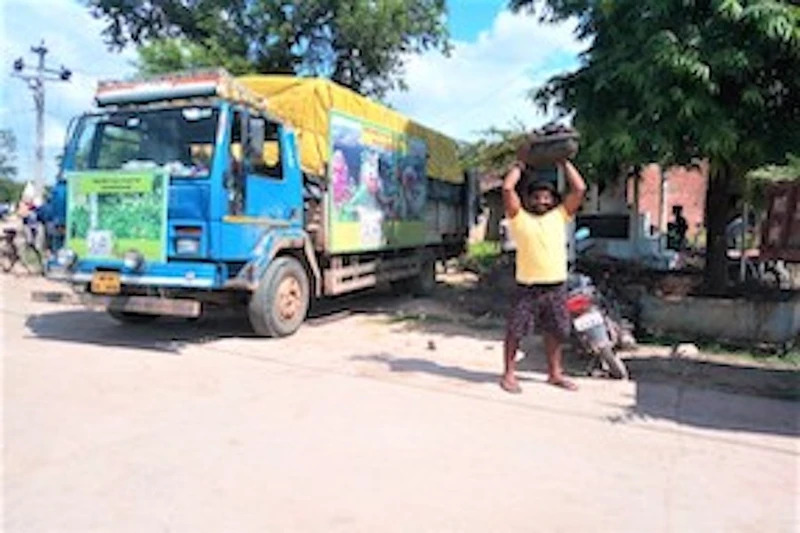
Growing a Green Movement!
Despite the many challenges of planting in the midst of a global pandemic, we’re proud to have planted a staggering 1,130,530 fruit trees and mangrove seedlings across 1,500 hectares. It is estimated that approximately 25,000 farming families will be impacted positively by creating food sources for themselves and their families from this project, and that these trees will sequester 5,000 tonnes of carbon in the next two years!
Focusing on small farmers and woman’s groups that are food insecure, this ongoing project maximises its impact. By working with village leaders and community organisations, fast-growing and high yielding fruit tree saplings are provided to those in need, expertise is shared, and a green movement continues to grow.
OneTreePlanted say they are incredibly grateful to work with amazing people and partners like Sustainable Green Initiative. This work is ongoing with lots more to do. In fact, they’re already gearing up to plant even more fruit trees across India in 2021. Be a part of the movement: help us plant trees to fight hunger and green India!
Source: OneTreePlanted.org
